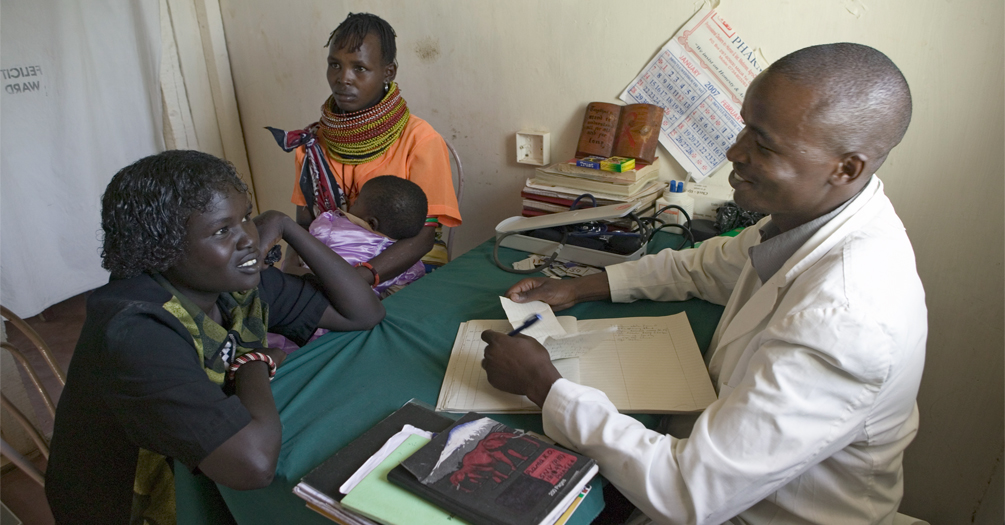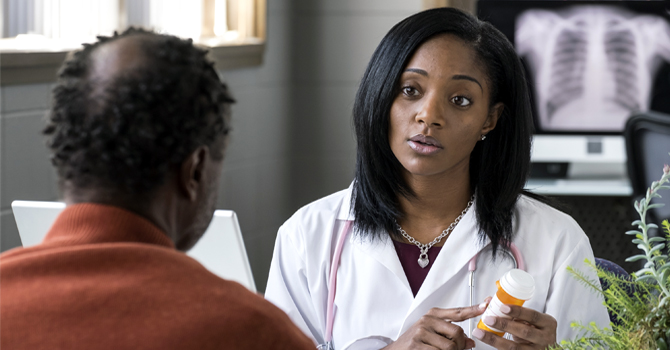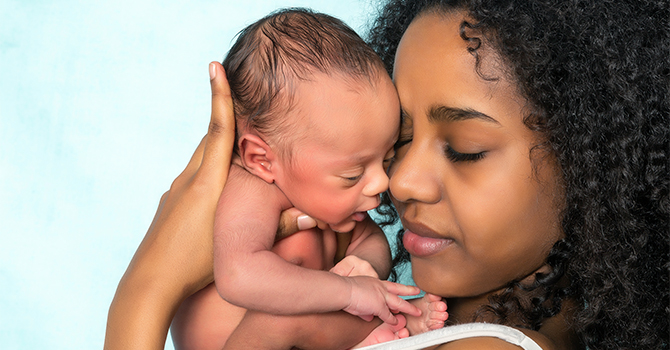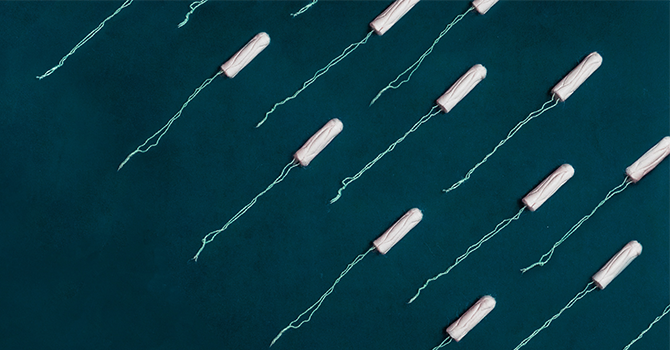
The Future of Universal Health Coverage in Africa
Utibe Effiong, MPH ’14, Fejiro Nwoko, and Uju Okeke
While COVID stretches already stretched health care systems across Africa, the future of Africa’s health care insurance systems is full of opportunity, promising improved coverage and creative care delivery across all sectors of society.





